PPT-WRITING FOR PUBLICATION Peter Liljedahl
Author : debby-jeon | Published Date : 2020-04-05
wwwpeterliljedahlcompresentations l iljedahlsfuca pgliljedahl EDITORIAL BOARDS ESM editorial board since 2011 JMTE editorial board since 2011 MERJ editorial board
Presentation Embed Code
Download Presentation
Download Presentation The PPT/PDF document " WRITING FOR PUBLICATION Peter Liljedahl" is the property of its rightful owner. Permission is granted to download and print the materials on this website for personal, non-commercial use only, and to display it on your personal computer provided you do not modify the materials and that you retain all copyright notices contained in the materials. By downloading content from our website, you accept the terms of this agreement.
WRITING FOR PUBLICATION Peter Liljedahl: Transcript
Download Rules Of Document
" WRITING FOR PUBLICATION Peter Liljedahl"The content belongs to its owner. You may download and print it for personal use, without modification, and keep all copyright notices. By downloading, you agree to these terms.
Related Documents

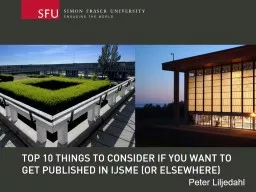

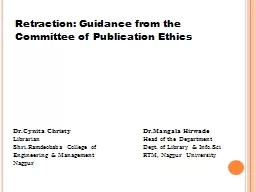

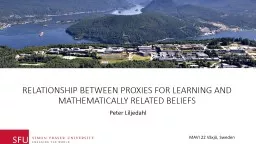
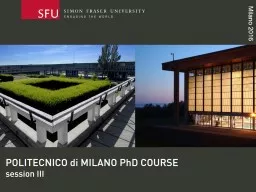
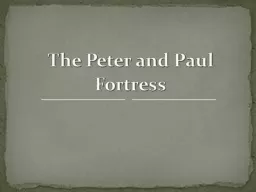
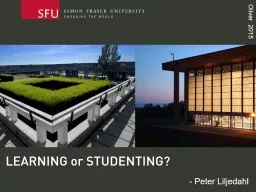
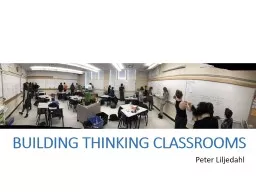
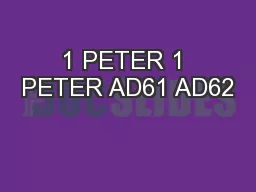
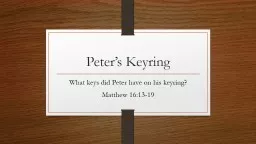
![[EBOOK] - 180 Days of Writing for Fourth Grade - An Easy-to-Use Fourth Grade Writing](https://thumbs.docslides.com/901130/ebook-180-days-of-writing-for-fourth-grade-an-easy-to-use-fourth-grade-writing-workbook-to-practice-and-improve-writing-skills.jpg)
![[DOWNLOAD] - 180 Days of Writing for Kindergarten - An Easy-to-Use Kindergarten Writing](https://thumbs.docslides.com/901444/download-180-days-of-writing-for-kindergarten-an-easy-to-use-kindergarten-writing-workbook-to-practice-and-improve-writing-skills.jpg)